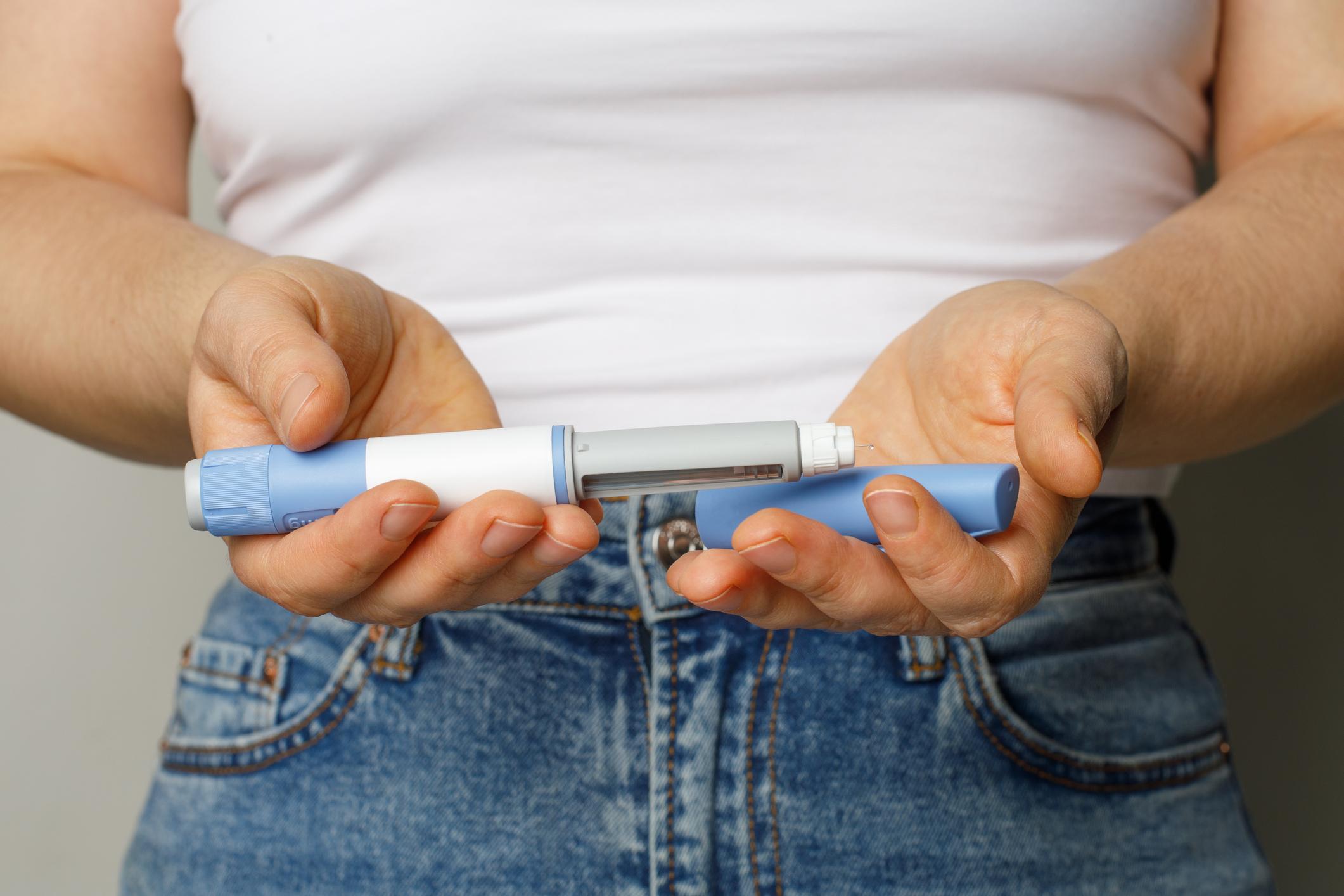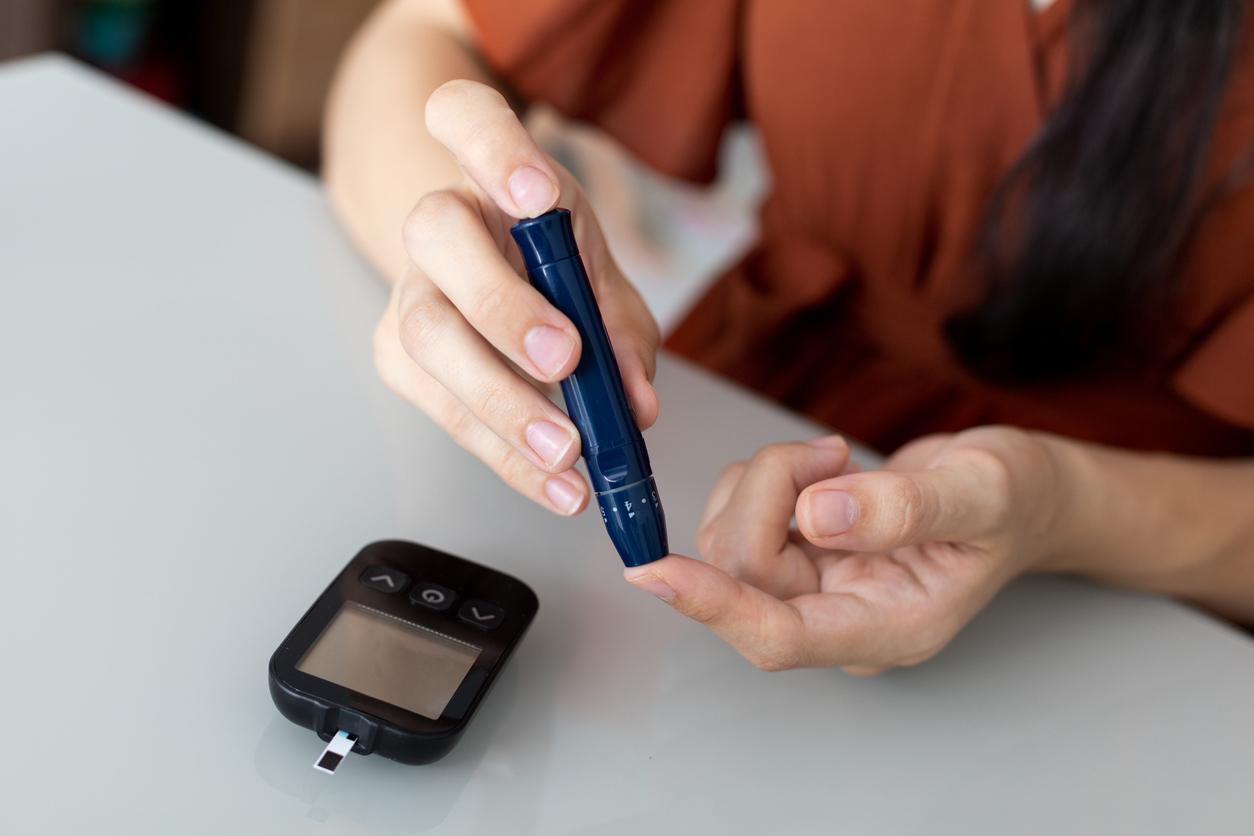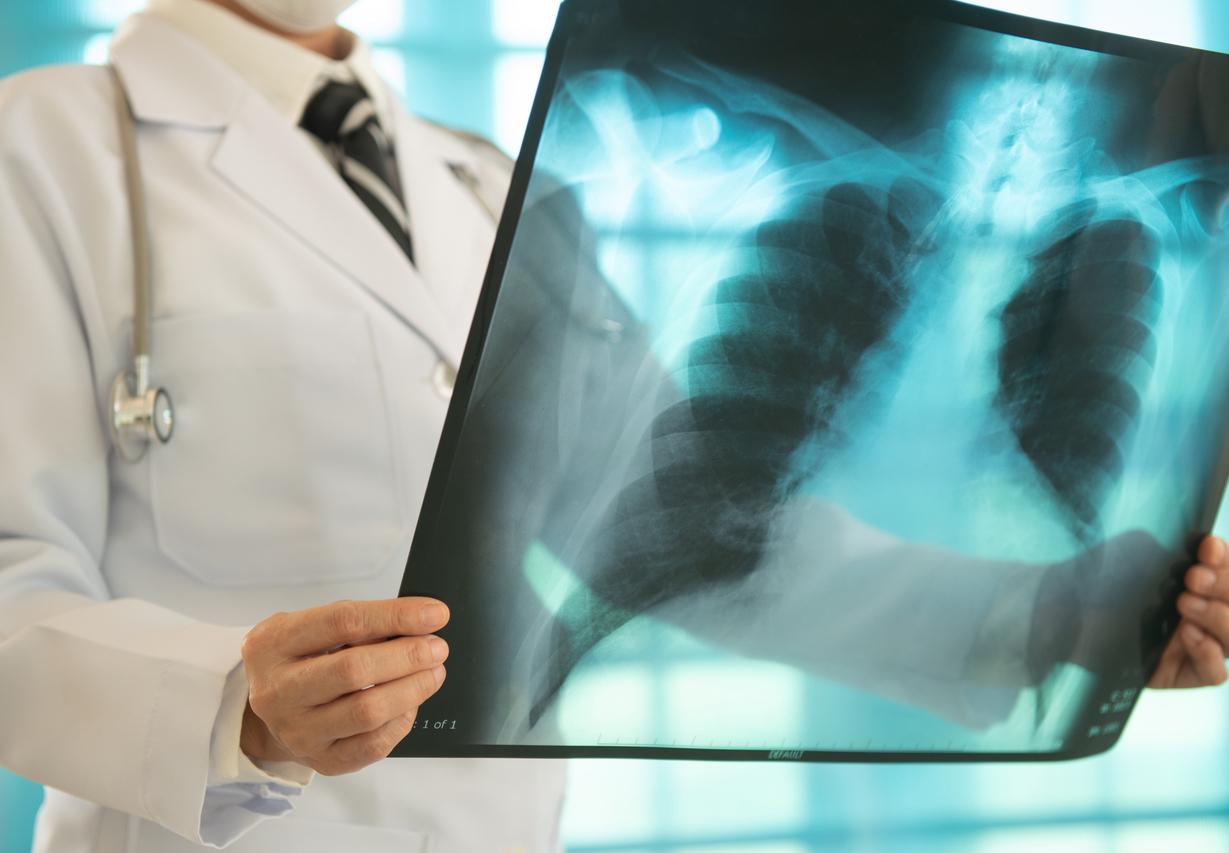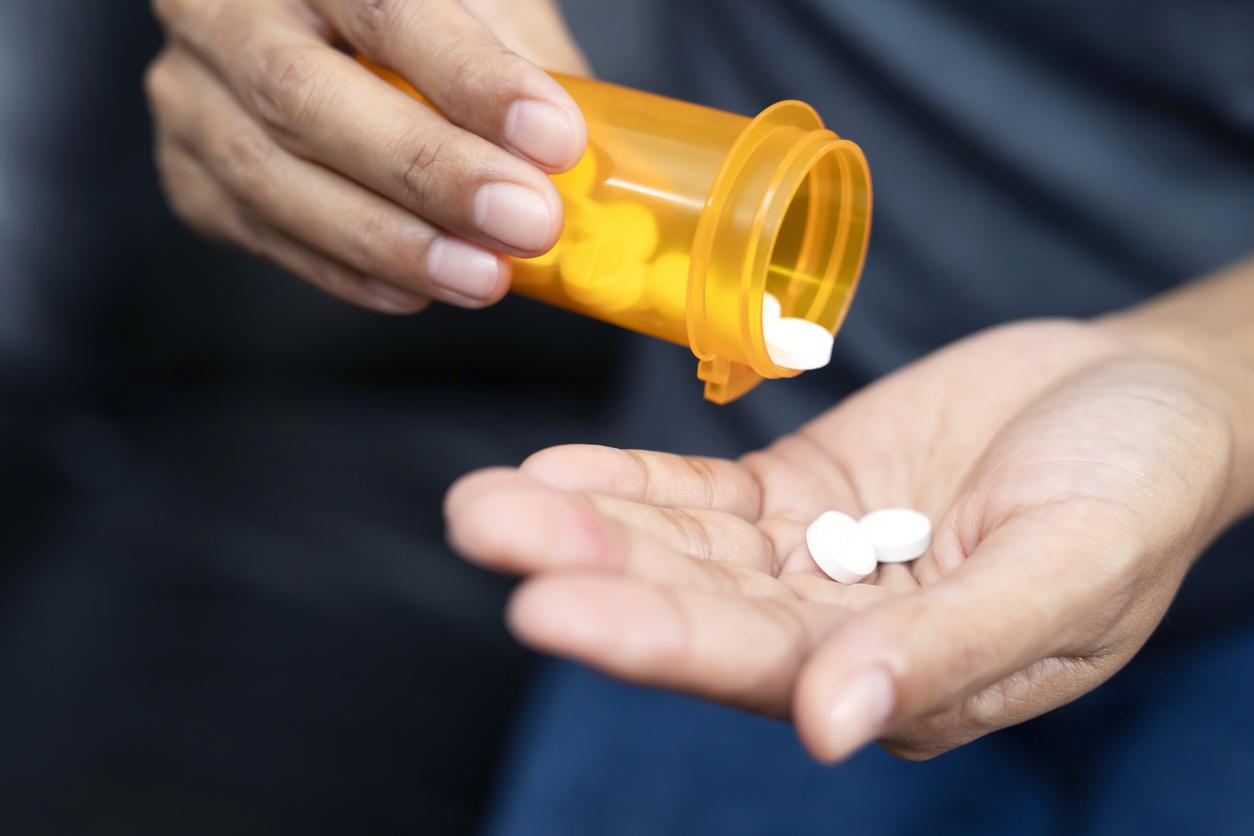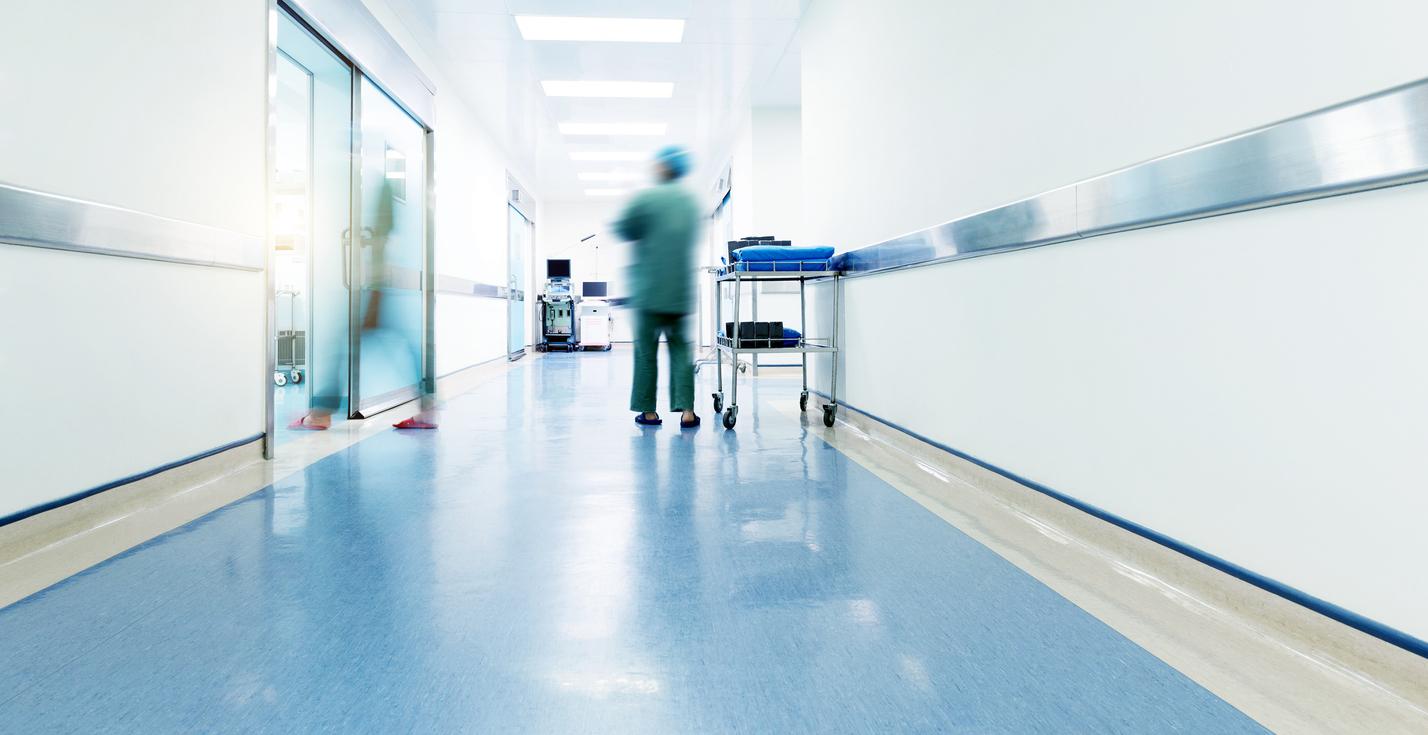A new report from the International Union against tuberculosis and the World Diabetes Foundation reveals that diabetes would triple the risk of developing tuberculosis.
The report, based on blood analysis of TB patients in India, shows that they have higher rates of diabetes than the general population. Thus, the two organizations that authored the study warn of a co-epidemic of diabetes and tuberculosis in the world.
” The diabetes has skyrocketed worldwide, and is expected to rise from 382 million cases in 2013 to 592 million in 2035,” the report said.
Named “The Threat of a Co-epidemic of Tuberculosis and Diabetes: A Call to Action”, the study claims that if this correlation is ignored, it could jeopardize the progress made on tuberculosis over the past of the last decades.
Conducted in India, where the tuberculosis is still wreaking havoc, the analysis was carried out on 8,269 patients with tuberculosis and treated for it.
Among them, 98% of patients (8,109 people) were estimated to have diabetes, and 13% (1,084 cases) were confirmed as such.
“Where this link is studied – from India to China via East Africa and the United States – we observe significantly higher rates of diabetes in tuberculosis patients than in the general population, protests Dr. Anil Kapur, from the World Diabetes Foundation. If we don’t react now, we are going to have a co-epidemic, which will impact millions of people, and which will undermine the resources of health systems. »
The report says that in India, despite an effective national tuberculosis control programme, the diabetes epidemic may be hampering efforts against the disease.
A weakened immune system
Characterized by an increase in the level of sugar in the blood (hyperglycemia), diabetes weakens the body’s immune system. This is, according to the scientific community, what would potentially increase the risk of contracting tuberculosis, but also of other diseases, especially since the high content of sugars in the blood attracts germs hungry for glucose.
The authors recommend putting quickly put in place two types of screening: that of tuberculosis for diabetics potentially exposed to the disease by a relative, and that of diabetes for tuberculosis patients.








